Don't buy a new servo, just use a shorter arm to get more leverage!
Servo-arm length does affect how much torque is applied to the steering system. A longer arm will give you less torque, but you will get more steering throw (assuming the steering system can accommodate it). If you install a shorter servo arm, you’ll get the opposite: Torque goes up, but you’ll have less steering throw. If your current setup requires you to chop off a significant chunk of travel using endpoint settings, move the servo-arm linkage closer to the output shaft to put more of the servo’s travel (and torque) to work. (Nerd alert: The servo’s actual torque rating never actually changes, of course. Only the amount of torque transmitted via the servo arm changes.)

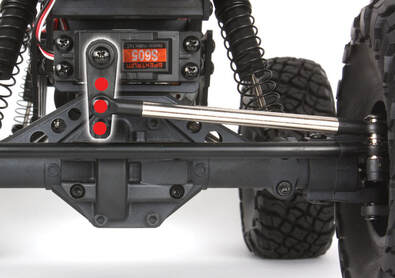
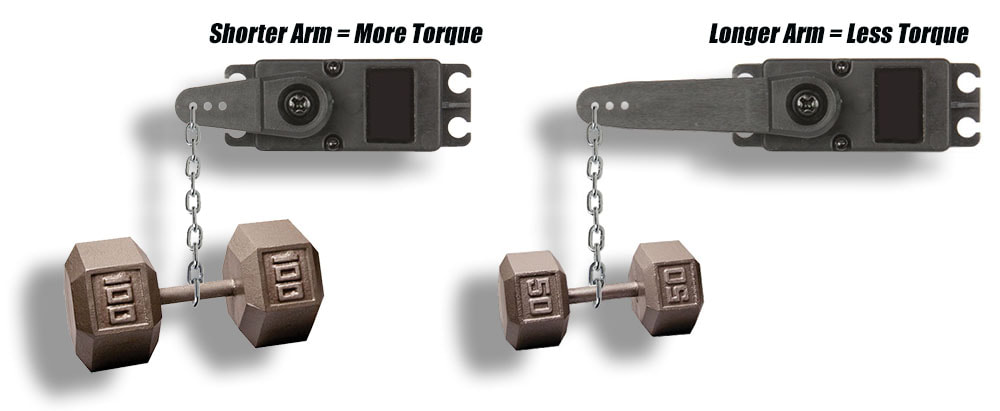
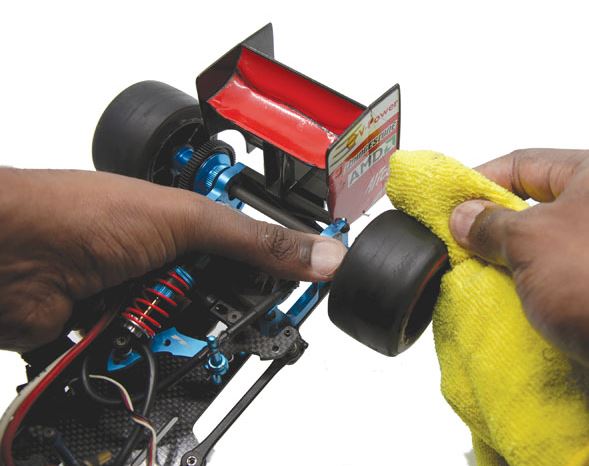
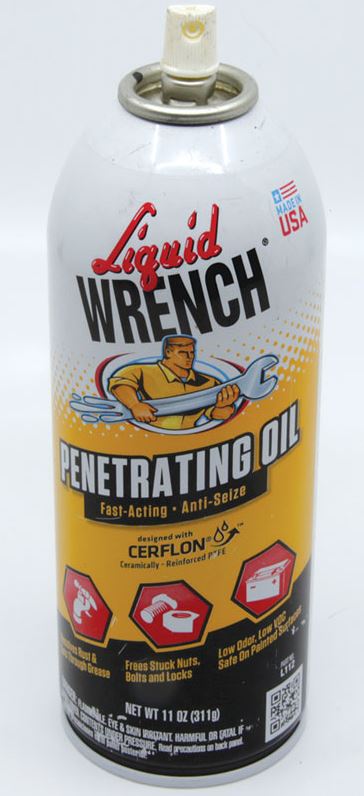
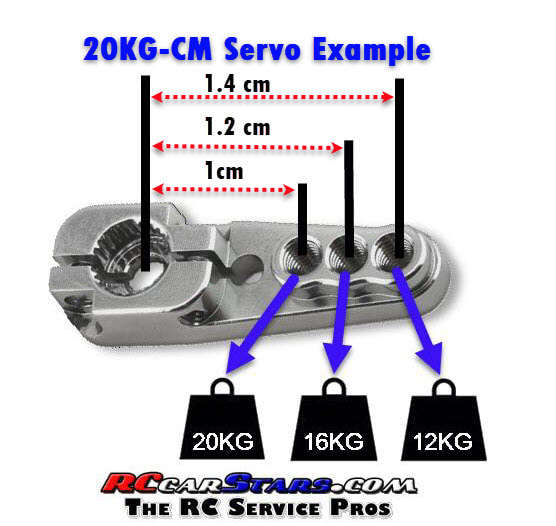
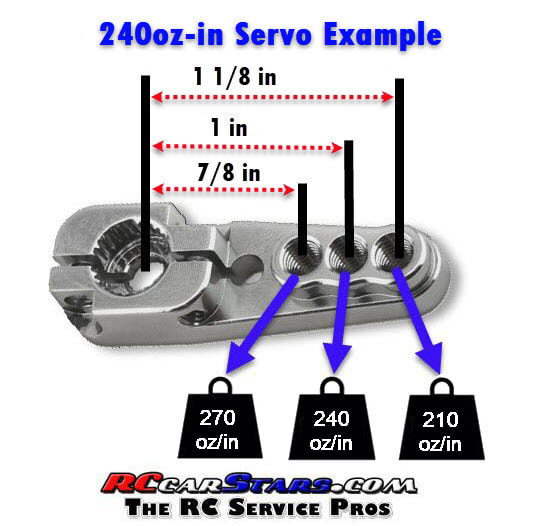
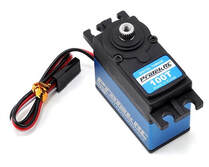
 RSS Feed
RSS Feed